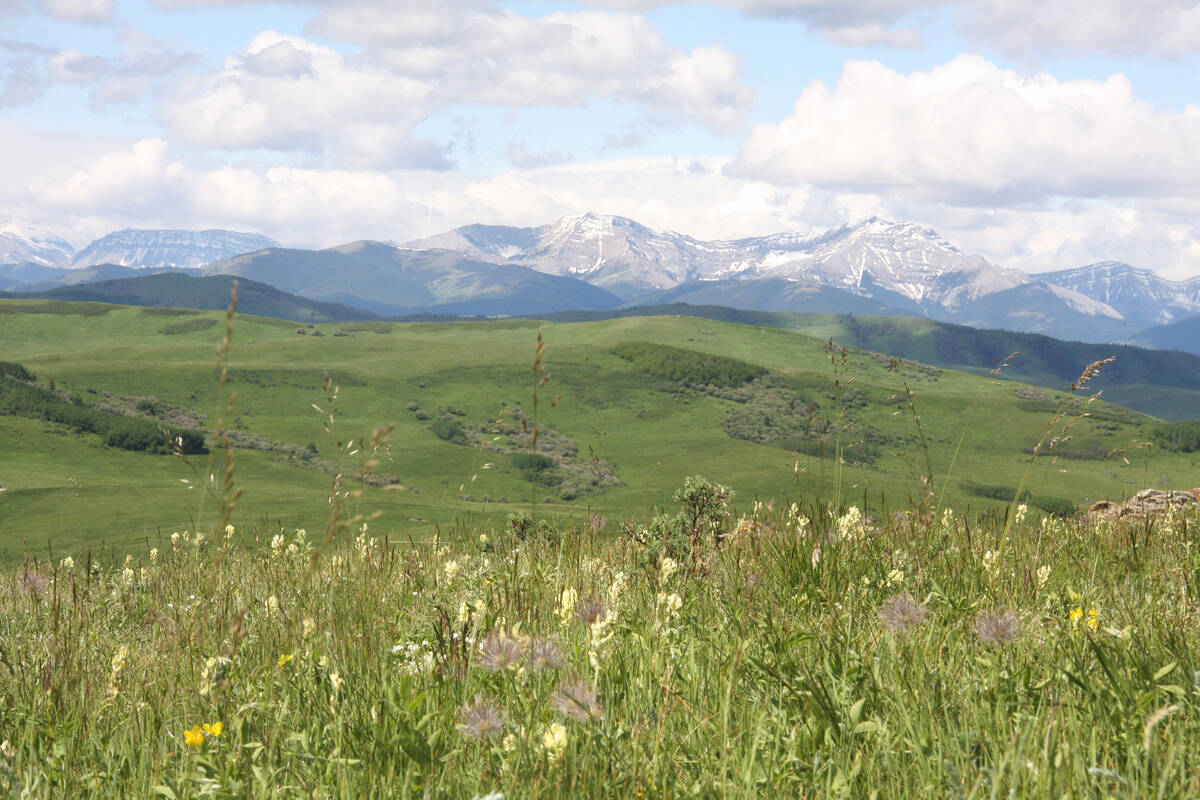China’s trip to the world equivalent of Superstore – namely the United States – has pushed wheat prices above $5 (U.S.) a bushel on futures markets.
For most prairie farmers, this latest price move will cement a decision to grow more wheat this year.
But unlike the last time wheat markets cycled this high in 1980, western Canadian farmers have more choices of hard red spring wheat to grow. This spring, farmers’ choice in the Canada Prairie Spring category doubled.
Wheat breeder Ron DePauw at Agriculture Canada’s research centre at Swift Current, Sask., has developed a white CPS called AC Karma.
Read Also

Selenium not deal breaker in coal mining: expert
Environmental scientist weighs in on coal mining debates in Western Canada, explaining selenium and the technologies and practices to lower its concentrations in nearby waterways to coal mining operations
This strong-strawed, semi-dwarf matures one day earlier than Genesis, the only other white CPS available. Other improvements include better resistance to stem and leaf rust. Since it is resistant to common bunt and loose smut, seed treatment is not needed.
AC Karma is best straight combined, getting around the CPS propensity to sprout.
And while Canadian Wheat Board payments for CPS varieties have averaged about eight percent less than No. 1 CWRS, AC Karma will outyield Katepwa (the industry check variety) from 20-30 percent, even in the rust areas of southern Manitoba.
Western Canadian farmers grow about 600,000 tonnes of CPS white wheat annually, says Graham Worden, senior manager of technical services for the Canadian Wheat Board in Winnipeg.
Made into flat bread
Virtually all of that is exported to India, Pakistan and Middle East countries where flat breads are a staple food.
“They like the white bran coat and don’t need the strong baking properties (of hard red spring wheat),” Worden said.
But he is hoping commercial testing of AC Karma by mills in north and southeast Asian countries will create a whole new market for CPS white wheats.
Japan, Taiwan, South Korea, Malaysia, Indonesia, Thailand, Singapore and the Philippines import 18-20 million tonnes of wheat a year. Of that, about seven or eight million tonnes are used for noodles.
Worden said if CPS wheats, specifically AC Karma, could capture 20 percent of that, “it would be fantastic.
“That’s 11Ú2 million tonnes above and beyond what we’re already shipping to the Middle East.”
Capturing that share of the market won’t be easy. Both the United States and Australia sell white wheats aimed for the Pacific Rim noodle markets – soft white spring wheat grown in the U.S. Pacific Northwest and Australian standard white wheat.
“I doubt the U.S. and Australia are going to be idle,” Worden said of Canada’s foray into the noodle market. “We’re going to have to battle for it.”
Worden said interested Asian mills are getting 100-200 kilogram samples of AC Karma. He’s expecting preliminary results by the end of March or the beginning of April.
Testing at the Canadian International Grains Institute has found AC Karma makes a brighter, more yellow noodle than Genesis, and retains its color. Worden also said noodles made from AC Karma have a better texture.
These are strong selling points for Asian noodle-makers as they tinker with the right blend of imported wheats for their mills.
About 6,000 acres of AC Karma were grown last year so even if the commercial tests are successful, it will take some time before Karma replaces Genesis, Worden said. But he is confident it will happen.
Certified AC Karma seed is distributed through SeCan.














